Search Images Maps Play YouTube News Gmail Drive More Help Report an issue about Google Groups Keyboard faster ways Sign in.
Chalking is a powdery residue on the roofing system surface arising from destruction of that product from exposure. It is NOT from settled dirt. Chalk must be gotten rid of by cleaning in order for the used finishings to have correct adhesion. The best method to clean your roofing system is to power-wash the surface.
 Jetcoat Cool King Reflective Acrylic Roof Coating, Waterproof
Jetcoat Cool King Reflective Acrylic Roof Coating, Waterproof
We suggest you scrub the roofing with water and TSP (Trisodium Phosphate) option to remove all dirt, oils, grease and chalk. POINTER: Before finishing begins, roofing system surface area must be checked with tape to see if it is truly clean. If the tape pulls off tight and uniformly, the surface is clean.
NOTE: If no amount of cleaning produces an adequate tape pull, a guide should be considered. The 3 M's Mildew, Moss and Mold, are usually fuzzy, greenish or bluish-grayish-white and THEY'RE ALIVE. Cement and tile roofings are specifically prone to mildew because they consist of minerals which are required to support growth.
More Info: roof repair companies https://cruzheru446.edublogs.org/2021/01/08/roof-sealants-coating-at-ace-hardware/
To secure your roofing, provide correct drain and expose shaded areas to sunlight where possible. Prone locations that can not be corrected need to be cleaned up with a chlorine bleach solution two times each year. Tidy the roofing surface by power-washing or scrubbing with TSP (Trisodium Phosphate). Treat mildewed areas with a chlorine bleach solution.
Follow the Kool Seal simple 3-Step Process for the Moss: very small plants that grow in creamy, green clusters on moist surface areas. Mold: a downy or furry development on the roofing system surface area triggered by fungis, particularly in the presence of moisture or decay. Mildew: a fungi that can appear on a surface area when exposed to moisture, it looks like a thin, furry, whitish staining.
Technical Data Sheet Elastomeric Roof Coating
It is important to seal your roofing system as quickly as you see signs of alligatoring. If the surface area is left unprotected, it can degrade beyond a point where a roofing system coating will work. Scrape off loose previous finishing. Tidy the roofing system with water and TSP (Trisodium Phosphate). Rinse completely and let dry.
Use to strengthen patching cement on all cracks. If your roofing looks like this, see a roofing expert and have it replaced. This is what happens to asphalt if it's left exposed and unguarded. The very best way to avoid this from taking place to your roof is to patch and reinforce all cracks with or.
Like Blister on your skin, blisters on a built-up roofing system (or BUR) occur when water gets caught under the top layers of the surface area. With a little work you can eliminate this problem from your roofing system. If in doubt, seek advice from a certified Roofing Specialist. Scrape off loose previous finish.
Wash completely and let dry. On blistered locations, cut an X through the entire blister and allow moisture to evaporate and dry thoroughly prior to patching. Patch withor, the usage to strengthen patching cement over the blister and on all fractures. Top coat with a for the best efficiency. Imagined left is a condition called loose lap.
With a little work you can remove this problem from your roofing system. If in doubt, seek advice from a qualified Roofing Expert. Prepare the surface per plan instructions. Protected loose laps in location with, and then use to enhance patching cement on all cracks. Leading coat with a or for the finest efficiency.
This condition is known as "fishmouthing". If left unattended, fishmouths might enable water penetration into the roof. With a bit of work you can remove this issue from your roof. If in doubt, seek advice from a licensed Roofing Professional. If loose edges extend back just a couple of inches, the loose product might be snipped off and discarded.
The Ultimate Guide To Rv Roof Coating
Trim flaps so they lie flat. Seal with and enhance with. Then leading coat the entire roofing surface with a or for the best efficiency.
Check your Lexis roofing system coating system regularly. Keeping the roofing clean and devoid of debris will offer you maximum performance and longer service life. Touch up any harmed locations immediately to prevent substrate degeneration.
Hi everyone, I'm hoping someone can give me some insightabout a month ago my darling other half, in an effort to help me, painted the roofing system of my horse trailer with the silver seal aluminum covering. When he recognized the finishing was running down the sides, he got the brilliant idea to just paint my whole (steel) trailer with it.
It's now a mahogany color. He likewise utilized a paint brush, so it's very streaky. Exists a method to eliminate this stuff? I've offered him a month to repair it, however it's show season and I need my trailer back! Can I just paint over it? The important things just cost me 3 grand, it doesn't need to be stunning, would just choose for it to look a little better than if does currently! Any recommendations would be fantastic! Thanks in advance!!! Sorry to be the bearer of problem but I do not know of a method to eliminate it.
I 'd say the very best bet would be to put numerous coats of white paint over it. Yes the un combined aluminum coat may bleed through, so you paint it once again. There are some items that will get rid of the asphalt, however they are extremely destructive and would make an absolute mess.
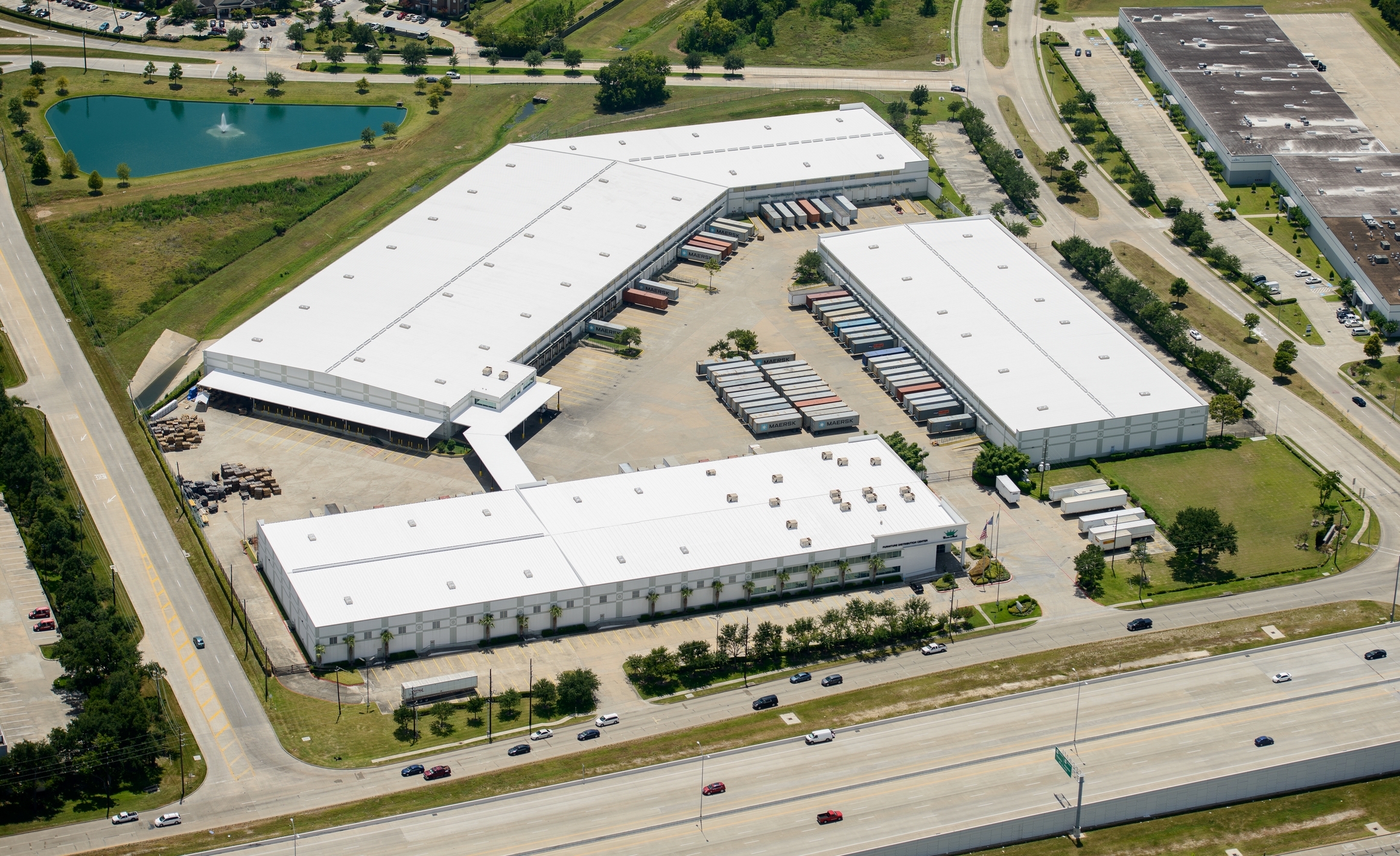 Expancel For Elastomeric Cool Roof Coatings
Expancel For Elastomeric Cool Roof Coatings
https://www.youtube.com/embed/fFF3EsaYtvk
Waterproofing the RV roofing system is one of the most important things to do. It can make a big distinction between savings and losing money on major repairs. It is why Recreational Vehicle owners must apply a sealant to the roofing system frequently as a part of upkeep. However, there are times when you require to take the old sealant off, and replace it with a new one.

 Log in with Facebook
Log in with Facebook 
 Why You Need A Roof Inspection When Buying A Home
Why You Need A Roof Inspection When Buying A Home Roof Inspection: Checklist And All You Need To Know
Roof Inspection: Checklist And All You Need To Know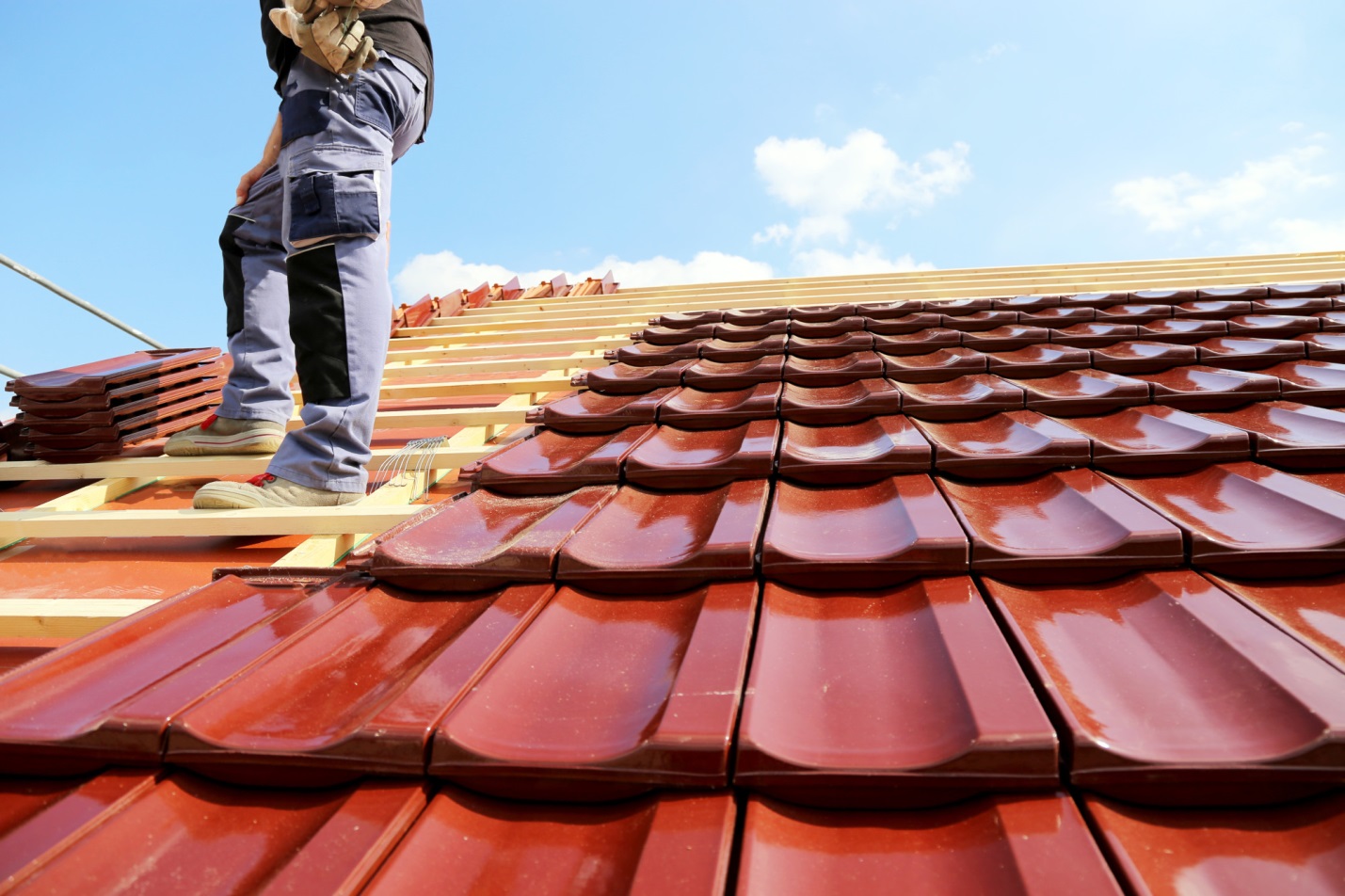 How To Choose Your Roofing Contractor
How To Choose Your Roofing Contractor How To Choose A Quality Roofing Contractor
How To Choose A Quality Roofing Contractor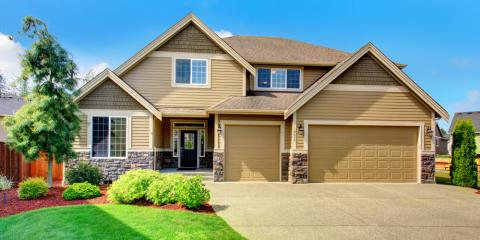 Tips On Choosing The Best Roofing Contractor
Tips On Choosing The Best Roofing Contractor Choosing A Roofer, Checklist & Resources
Choosing A Roofer, Checklist & Resources eight Tips For Choosing The Right Roofer For Roof Repair And
eight Tips For Choosing The Right Roofer For Roof Repair And 5 Tips To Help You Choose A Reliable Roofing Company
5 Tips To Help You Choose A Reliable Roofing Company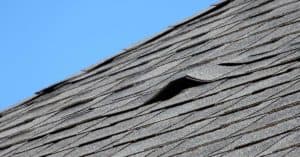 Eight Signs Your Home Needs A New Roof
Eight Signs Your Home Needs A New Roof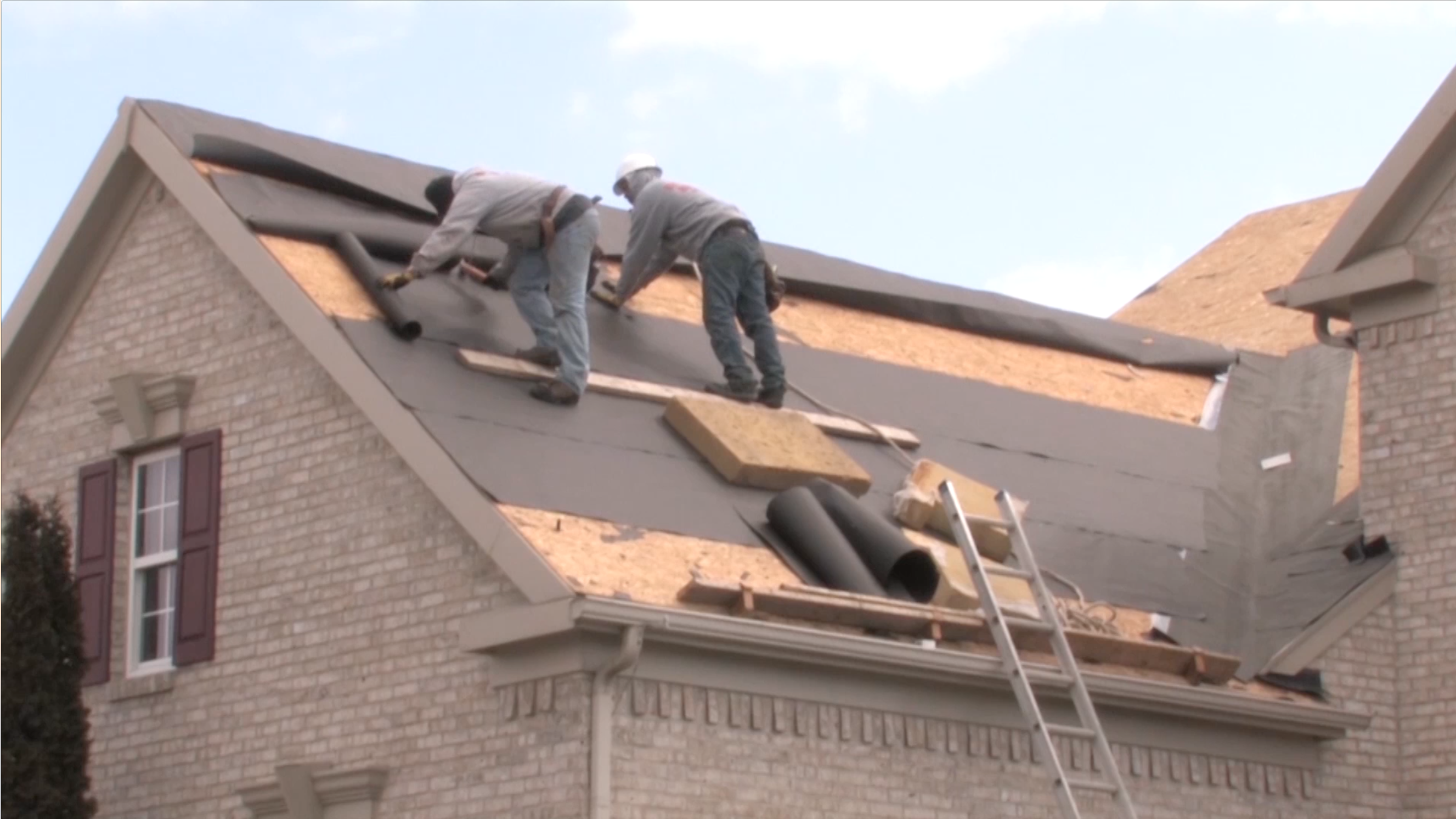 How To Tell If You Need A New Roof
How To Tell If You Need A New Roof 6 Signs That Your Roof Needs To Be Replaced
6 Signs That Your Roof Needs To Be Replaced




